The decathlon is widely regarded as the ultimate test of athletic versatility, demanding peak performance across ten distinct disciplines over two grueling days. While spectators marvel at the sheer physical prowess on display, few grasp the extraordinary energy expenditure required to sustain such a multidimensional effort. This complex interplay of explosive power, endurance, and tactical energy management separates elite decathletes from single-discipline specialists.
Metabolic demands shift dramatically between events, forcing athletes to constantly adapt their energy systems. The 100-meter dash and long jump rely almost exclusively on anaerobic pathways, burning through phosphocreatine stores and glycogen reserves in seconds. In contrast, the 1500-meter race taps deeply into aerobic metabolism, with athletes consuming oxygen at near-maximal rates for several minutes. This physiological whiplash makes the decathlon uniquely taxing compared to specialized track and field events.
Research using indirect calorimetry reveals that decathletes can burn between 8,000 to 12,000 calories during competition days - more than quadruple the expenditure of most endurance athletes. The throwing events (shot put, discus, javelin) create particularly interesting energy patterns. While each throw lasts mere seconds, the repetitive explosive motions coupled with isometric stabilization demands lead to significant ATP depletion. Athletes often report deeper fatigue from these "power" events than their duration would suggest.
Nutritional strategies become paramount for maintaining performance across such diverse energy demands. Unlike marathoners who can rely on steady glycogen replenishment, decathletes must balance immediate carbohydrate availability for sprint events with sustained energy release for endurance disciplines. Many competitors now use customized nutrient timing, alternating between fast-acting gels during field events and complex carb-protein blends between competitions.
The pole vault presents perhaps the most fascinating energy paradox. While the actual vault lasts under ten seconds, the approach run combines sprint mechanics with precise coordination demands. Studies show vaulters experience heart rates exceeding 180 bpm during the run-up - not from aerobic demand, but from the neurological intensity of controlling a full-speed sprint while preparing for technical execution. This cognitive load significantly increases perceived exertion beyond pure physical measures.
Environmental factors further complicate energy management. Day two's 110-meter hurdles often occur in rising temperatures, forcing athletes to contend with both metabolic heat production and external thermal stress. Core temperature spikes from the morning's high-intensity events can linger into afternoon competitions, subtly impairing muscle contractility. Elite decathletes now use advanced cooling strategies between events, from ice-vest protocols to precisely timed fluid replacement.
Perhaps most remarkably, decathletes demonstrate what physiologists call "metabolic flexibility" - the ability to rapidly switch fuel sources without performance drops. Blood lactate measurements show these athletes can tolerate and clear lactic acid more efficiently than specialists, allowing quicker recovery between dissimilar events. This adaptability stems from years of training that condition both fast-twitch and slow-twitch fibers simultaneously.
The decathlon's energy demands extend beyond physical expenditure. Neurological fatigue from constant event switching may explain why many athletes report mental exhaustion surpassing physical depletion. Decision-making in the high jump (where athletes must strategically pass heights) or tactical pacing in the 1500m requires cognitive resources already depleted by sensory overload from earlier events. This mental energy drain often separates podium finishers from the field.
Modern tracking technologies reveal unexpected energy patterns. GPS data shows some decathletes cover over 15 kilometers in movement during competition days when accounting for warm-ups, event transitions, and approach runs. Accelerometer data demonstrates that the repeated eccentric loading during landing phases (particularly in long jump and pole vault) creates cumulative muscle damage that indirectly increases energy costs in later events.
As sports science advances, our understanding of decathlon energetics continues evolving. Recent studies suggest the event order itself - established in 1914 - may create unnecessary energy drains. The current sequence places high-speed running (100m) immediately before precision throwing (shot put), then explosive jumping (long jump) - three events demanding completely different neural patterns. Some physiologists propose reordering events to allow better energy system recovery.
Ultimately, the decathlon stands as a testament to human energy management. These athletes don't merely possess extraordinary physical gifts; they've mastered the art of energy allocation under competitive stress. Their ability to judiciously expend - and conserve - energy across disciplines offers lessons far beyond athletics, illuminating fundamental principles of human performance under varying demands.

By Elizabeth Taylor/May 9, 2025

By David Anderson/May 9, 2025

By Amanda Phillips/May 9, 2025

By Victoria Gonzalez/May 9, 2025
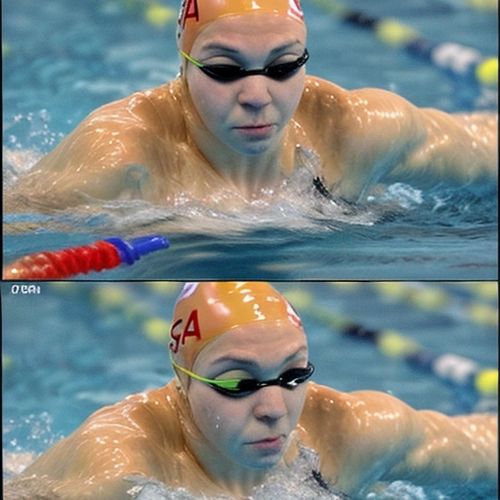
By Rebecca Stewart/May 9, 2025

By Michael Brown/May 9, 2025
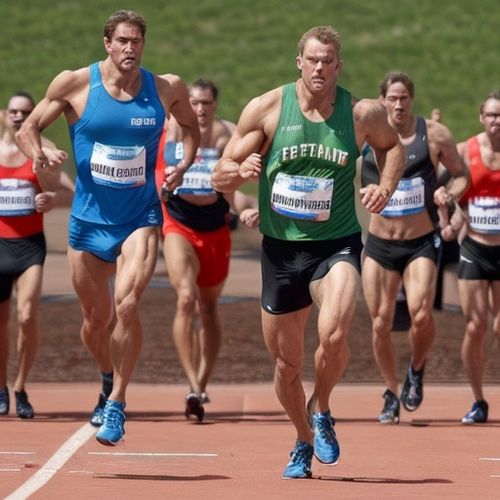
By William Miller/May 9, 2025
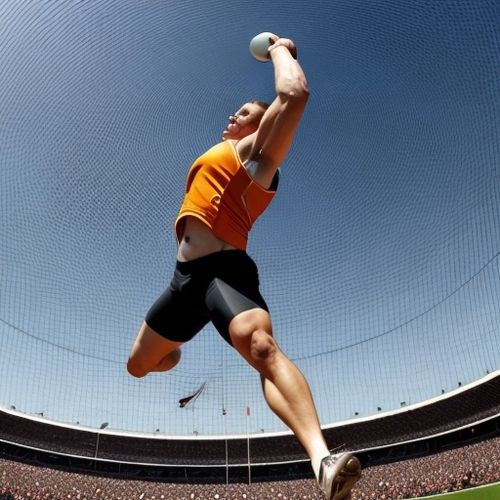
By James Moore/May 9, 2025

By Christopher Harris/May 9, 2025
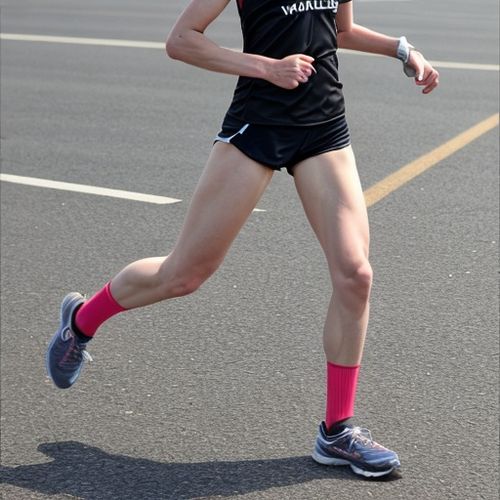
By George Bailey/May 9, 2025
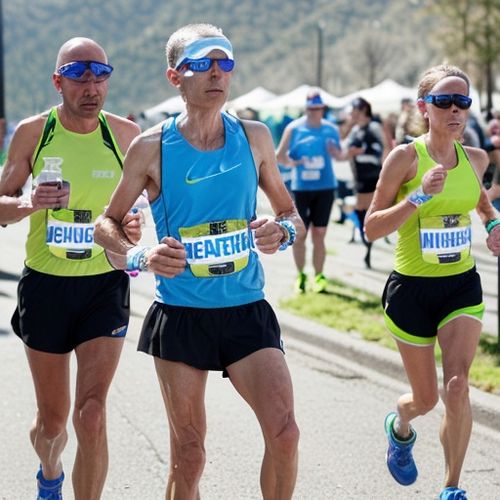
By John Smith/May 9, 2025

By John Smith/May 9, 2025

By Samuel Cooper/May 9, 2025
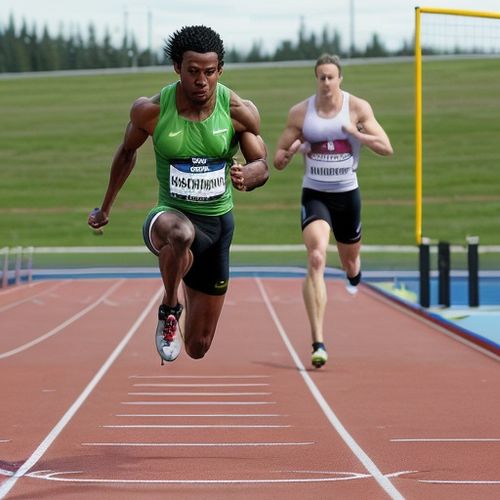
By Christopher Harris/May 9, 2025
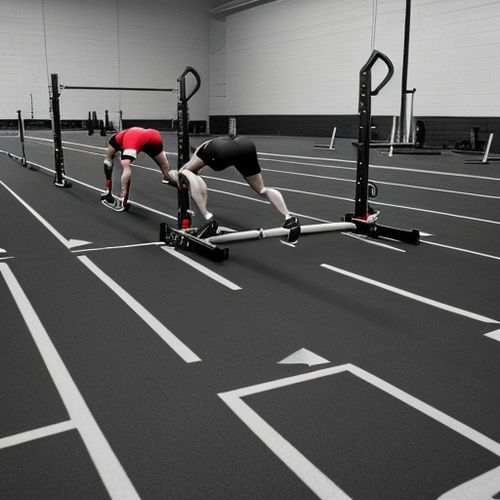
By Megan Clark/May 9, 2025
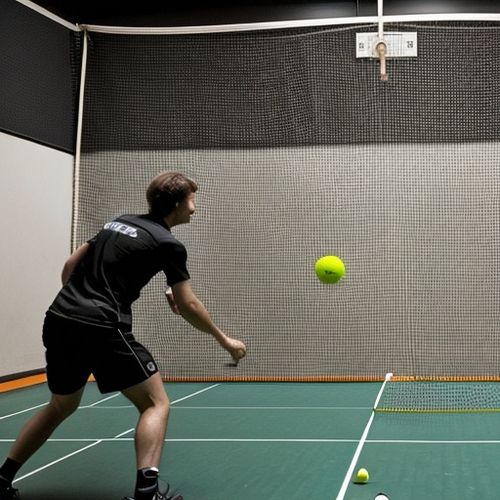
By Victoria Gonzalez/May 9, 2025

By William Miller/May 9, 2025
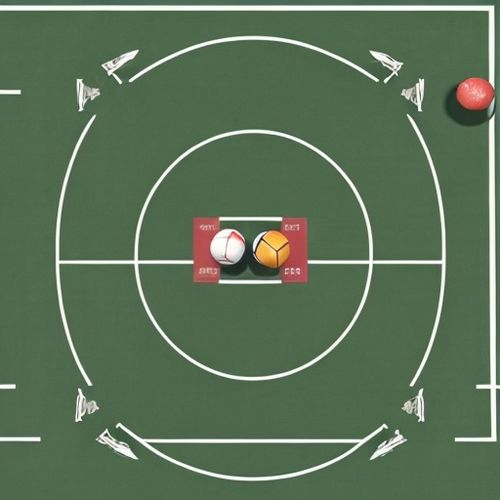
By Natalie Campbell/May 9, 2025

By Megan Clark/May 9, 2025

By Michael Brown/May 9, 2025